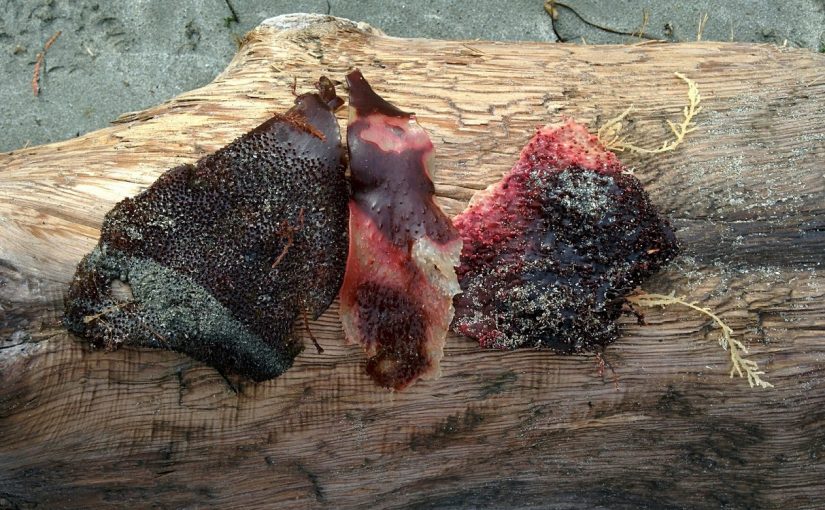Seaweeds— they’re strange, occasionally rubbery, and often slimy, yet they’ve become an increasing popular marine plant around the globe. Contributing towards human food, pharmaceuticals, binding agents, and livestock feed, scientists are now exploring the possibility for this superfood to become the ocean’s next hero mitigating the effects of climate change. But what are the effects of climate change on our oceans?
Ocean Acidification, An Introduction
Increasing CO2 levels in the Earth’s atmosphere have a detrimental side effect of acidifying our oceans. The oceans absorb about 25% of the world’s CO2 emissions, lowering pH levels bit by bit. This causes a mass of potential issues, ranging from changing fish behaviour to the more famous increase in coral bleaching events.
But never fear, kelp is here!
Fortunately, seaweeds use up dissolved CO2 from their surroundings when they photosynthesise, creating an area bubble where the pH is slightly increased. Algae grow much quicker than land plants and have a larger available area. As a result, they sequester more CO2 and help counter the effects of ocean acidification faster. All of this can be done while also providing food security, jobs, and revenue through aquaculture.
Seaweed farming as the multitasking hero
Seaweed farming can be integrated with fish aquaculture by serving as nursery habitat for young fish. That isn’t to say there are no drawbacks to it however. Most notably, many seaweed farms currently depend on one key species of seaweed. A dependency such as this can cause reductions in genetic diversity, leading entire stocks to succumb to startlingly fast to disease. This has already been observed in the Philippines with the “ice-ice” disease. Seed banks and a larger gene pool can prevent this. In contrast, swift responses to disease outbreak using chemical treatments can harm natural habitats via nutrient loading or toxins.
The Future
Seaweed aquaculture has already become a well-established industry. What we’re looking forward to seeing now is expanding this innovation to heavily acidified waters so that those habitats can slowly heal. It’s an idyllic picture: clownfish residing in their anemones, coral reefs habitats returning to their once pristine glory, and shellfish with strong homes. We want our future generations to be able to enjoy these amazing landscapes. Help spread the word by sharing this story using #OceanConsvnUBC.

